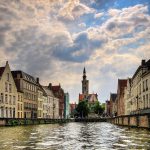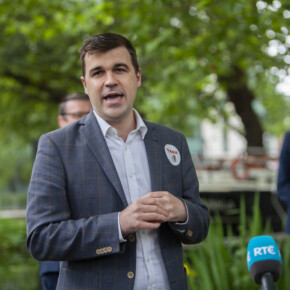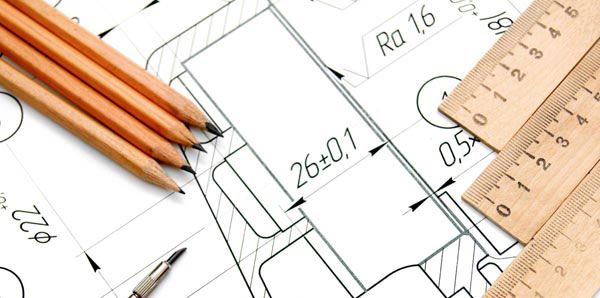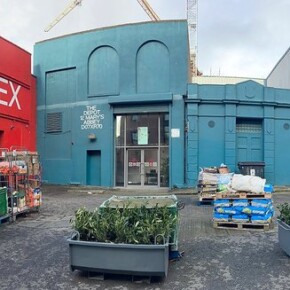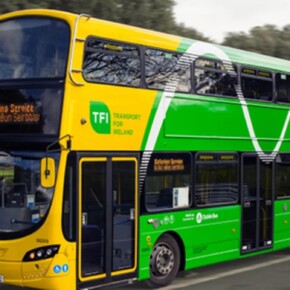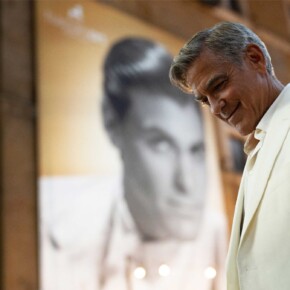TRAVEL: Europe’s lesser explored cities
Dublin People 16 Jun 2018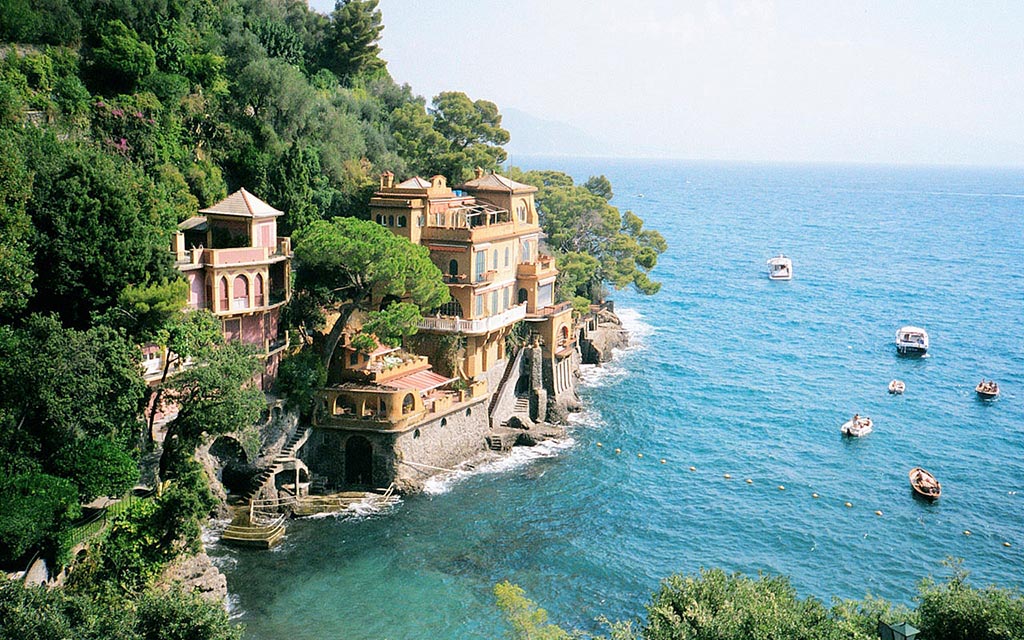
EVERYBODY loves a city break. It’s a chance to explore somewhere different, relax in a new environment and get to know a place you’ve always wanted to go.
Paris, Barcelona and Rome are all must-see destinations but there are plenty of other places that offer a real alternative to these typical tourist hotspots.
Check out these three.
Bruges
The Belgian city came under the spotlight in 2008 thanks to the In Bruges movie featuring Colin Farrell and Brendan Gleeson and while it isn't a name that springs up often during holiday destination chats, it has plenty to offer on a short break.
The Flemish speaking city is one of the best preserved medieval areas in Europe.
In fact parts are so historically significant the centre is designated a UNESCO World Heritage site.
The centre of Bruges is criss-crossed by canals edged with cobbled streets and beautiful gabled houses and the city has plenty of interesting architecture and art to keep visitors occupied.
The Church of Our Lady (Onze Lieve Vrouwekerk) has the highest brick tower in Europe and inside there's a white marble sculpture of the Madonna and Child by Michelangelo.
The 13th century Belfry – where lots of the In Bruges movie action took place – has no less than 47 bells still rung every day by the city's official bell ringer.
Bruges has plenty of open spaces to enjoy and of course there's lots of cafes in which to sample some of the 350 beers that Belgium makes.
Don't miss:
• A canal boat trip. OK, it's not Venice but then again it won't empty your pockets like the Italian version does
• The Groeninge Museum for its Renaissance and Baroque masterpieces.
• Choco-Story Museum – Discover why Belgian chocolate is so famous, and then enjoy a sample or two.
There's a special discovery game for the kids which offers a chocolate prize for the winners.
Genoa
The birthplace of Christopher Columbus is often overlooked in favour of Italy's numerous other tourist magnet cities, but the busy port city's medieval old town is the equal of any in Europe.
The town's alleyways and piazzas buzz with some great cafes and museums, as well as confectionery and antiques shops.
It's all thanks to a major revamp when Genoa was European Capital of Culture back in 2004.
The old harbour should be on everybody's 'to-do' list, if only to climb the odd Il Bigo monument erected to celebrate the Columbus quincentennial in 1992 and gawk at the stunning panaromic views of the city and sea.
You can even see Corcisa on a clear day. The harbour is also home to a maritime museum and an aquarium, which are also worth a visit.
After the harbour visitors usually head up to the medieval streets, which are full of tempting little shops and punctuated with magnificent churches, before they arrive at the three main squares at the heart of the old city.
The area around Via Garibaldi is a mid-16th century UNESCO World Heritage Site and it's home to the palaces of Genoa's most eminent families.
Naturally, being Italy, the food and wine alone are worth the visit.
Don't miss
• Cattedrale de San Lorenzo date's back to the 12th century and features unique black and white marble stripes
• The daily food market at Mercato Orientale, via XX Settembre, lies beneath the arches of an Augustinian monastery
• Palace of San Giorgio where Marco Polo wrote of his travels while being held prisoner in the late 13th century
Sofia
Sofia isn’t Europe’s most attractive capital but it does have its own charm and Ryanair have great deals on off-peak fares.
All over the city new buildings are going up, old ones are being refurbished and some of the ugly, communist style architecture is being demolished.
Bulgaria is the EU's poorest member but there’s still plenty of flash cars and fashion conscious urbanites in Sofia, which begs the question as to how they can afford luxurious accessories when the average salary is less than €250 a month.
The main shopping street, Vitosha Boulevard, is closed to all traffic except cute, old-fashioned electric trams and bicycles.
It has all the familiar designer names but many of the trendy boutiques seem deprived of customers.
Sofia isn’t a sleazy city but like many other east European capitals it does have its casinos, sex shops and strip clubs. Thankfully, there’s plenty of laid-back jazz clubs and piano bars, as well as trendy watering holes pumping out thundering techno beats.
The centre of the city is paved in gold cobble stones and two ornately uniformed soldiers stand guard and occasionally goosestep outside the government buildings.
An antique market sets up most days at nearby Alexandar Nevski cathedral and it's worth browsing for interesting Soviet-era bric-a-brac.
There's also a rambling street market on the other side of Vitosha Boulevard, with locals bringing their own bottles to have them filled from a stack of wine barrels.
It’s a traditional shopping venue, and you’ll see elderly city residents selling stuff like wild mushrooms that they’ve picked themselves that morning.
It’s possible to have a good dinner for two with wine for less than €20 and a local beer can be had for around €1.
Don't miss
• Alexander Nevsky Cathedral is one of the biggest Eastern Orthodox churches in the world
• The Bulgarian Academy of Science is set in an 18th century palace
• Boyana church on the edge of the city is covered from top to bottom in vivid medieval frescoes.
- TRAVEL: Europeâ??s lesser explored cities
- TRAVEL: Europeâ??s lesser explored cities


